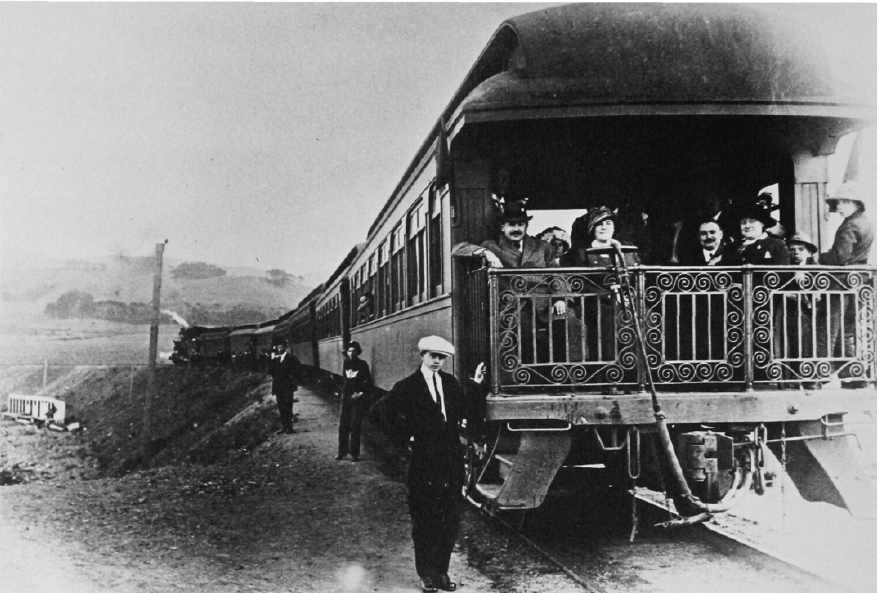 It has been a long time since railways in North America counted as anything like new technology or even, in many areas, crucial infrastructure. Still, even as recent U.S. funding for high-speed rail lines seeks to make rail travel cutting edge again, the deep legacy of the golden age of rail still marks the continent in persistent, and sometimes surprising ways.
It has been a long time since railways in North America counted as anything like new technology or even, in many areas, crucial infrastructure. Still, even as recent U.S. funding for high-speed rail lines seeks to make rail travel cutting edge again, the deep legacy of the golden age of rail still marks the continent in persistent, and sometimes surprising ways.
Many of the small towns in my home province of Saskatchewan, for example, exist only because they fell at regular intervals along nascent trunks and spurs, and they still bear the names of foreign places and railway functionaries doled out by surveyors in alphabetical order. Allan, Bradwell, Clavet … on to Zumbro, and repeat.
Larger centers, such as my current hometown of San Francisco, were marked by rail lines in different, but equally lasting ways. Few people other than riders of the Caltrain commuter service here are aware that the gleaming, high-tech Bay Area has its own rust belt of derelict and barely-hanging-on industrial sites, stretching along the rail line from near downtown south into San Mateo County, along the marshy shores of San Francisco Bay. Many vistas in the San Francisco region, whether shaped by nature or man, are deservedly renowned for their splendor. Those along the Peninsula rail line, equally deservedly, are not.
Continue reading →
 For the last five or six days, I’ve been searching the web for good, reliable news about what is happening to Egypt’s antiquities as the turmoil deepens in Cairo.
For the last five or six days, I’ve been searching the web for good, reliable news about what is happening to Egypt’s antiquities as the turmoil deepens in Cairo.





